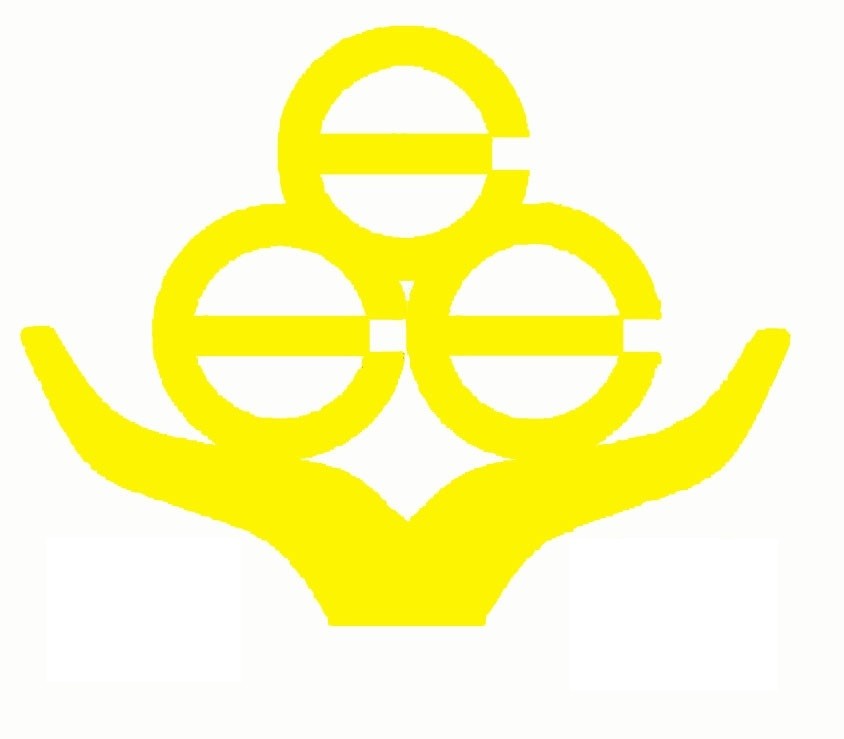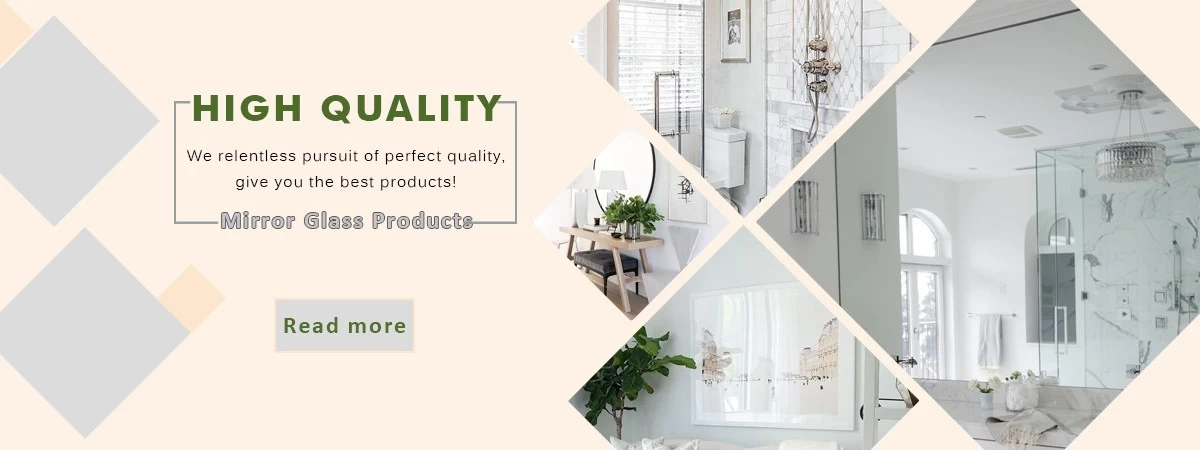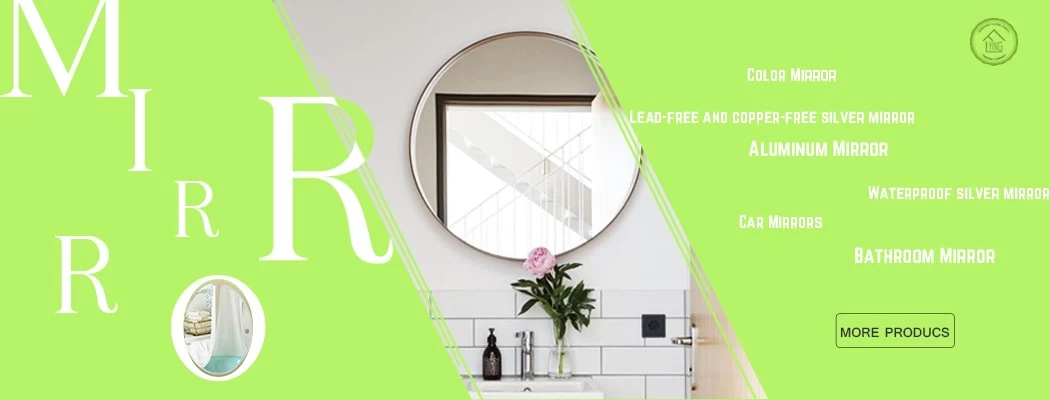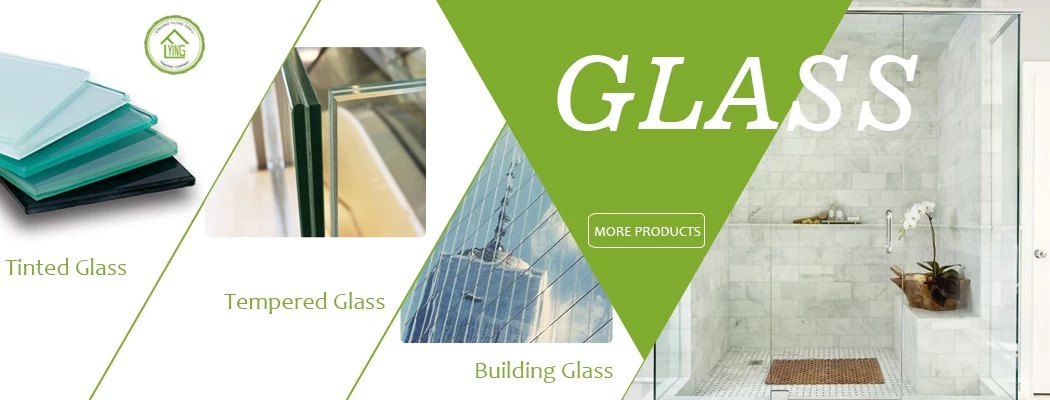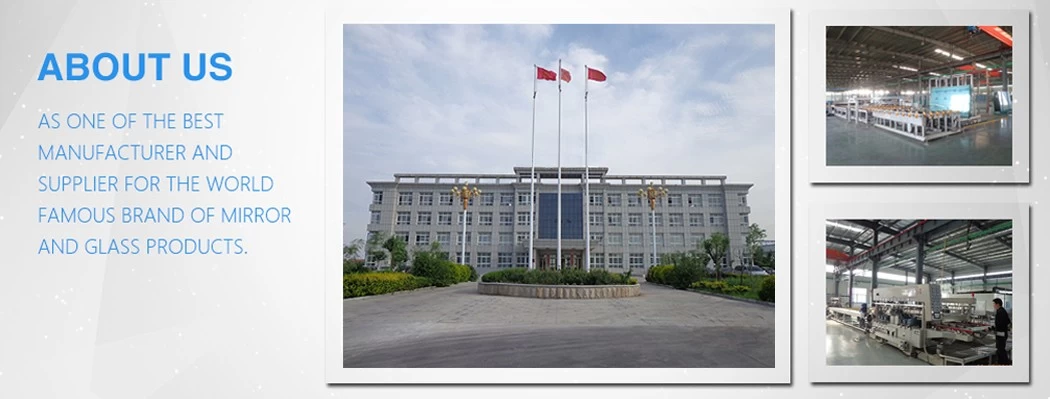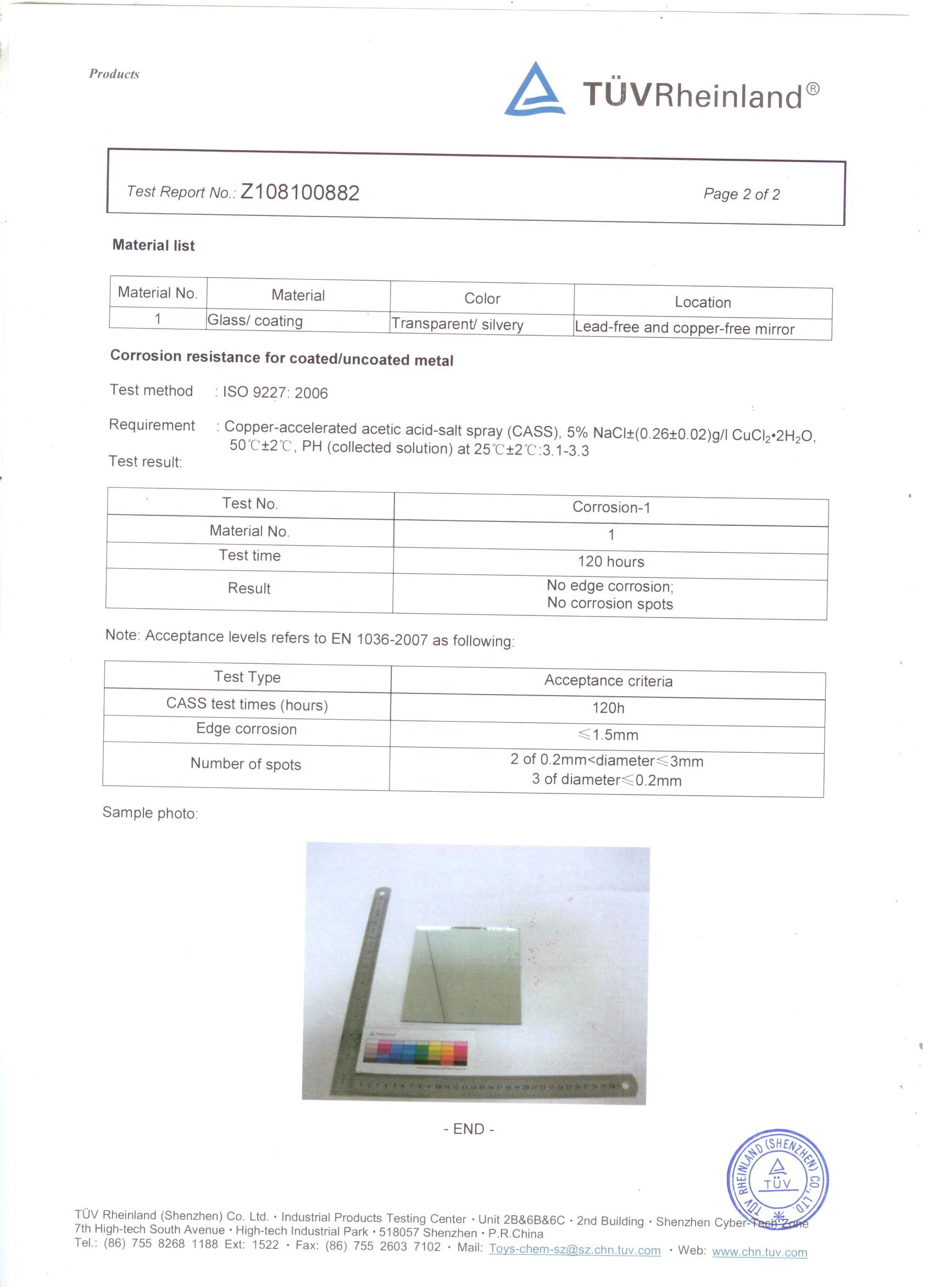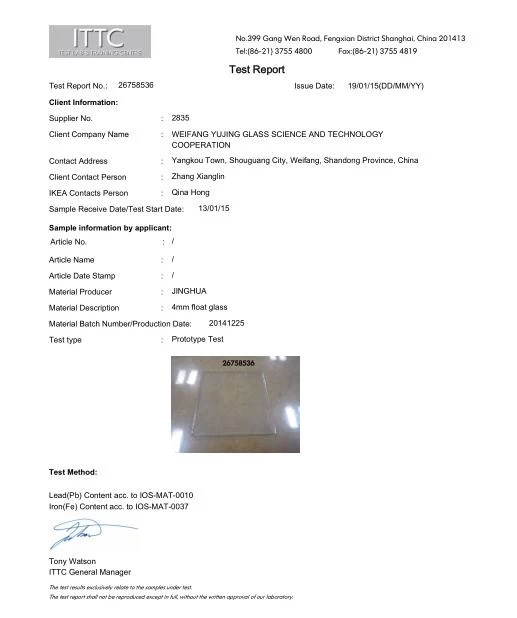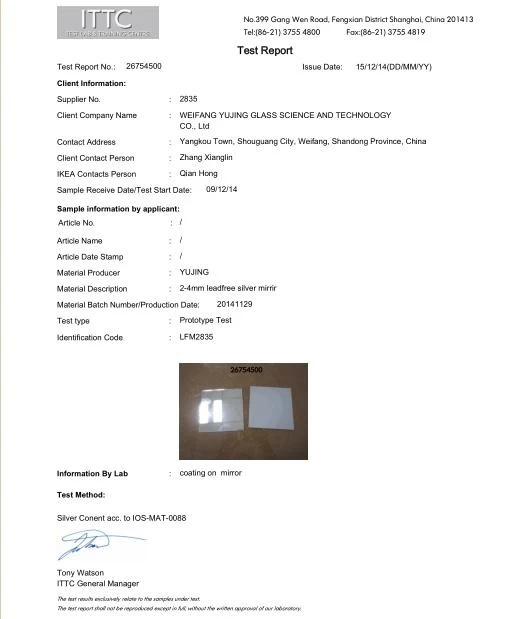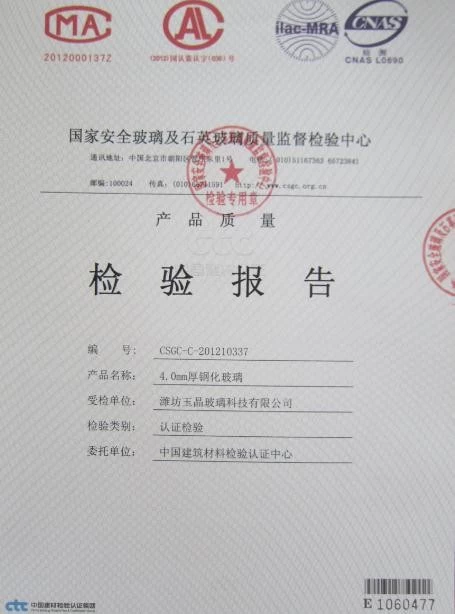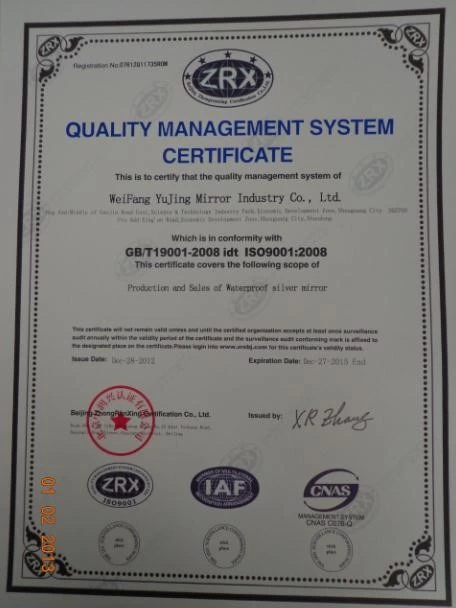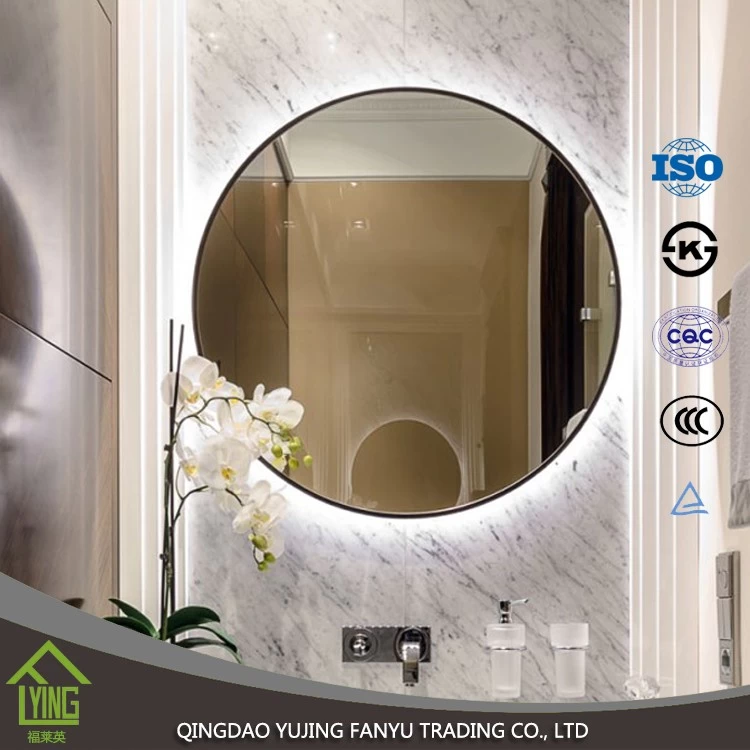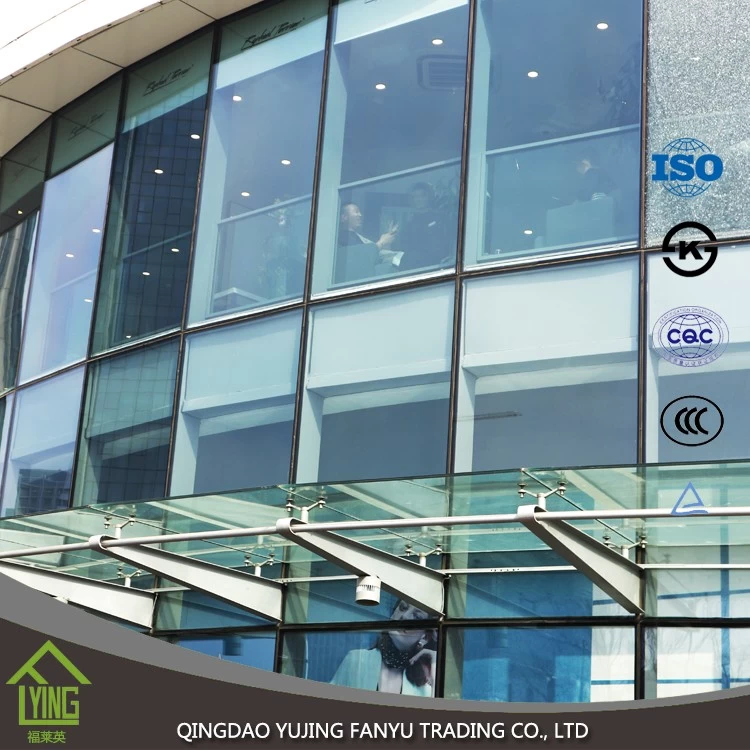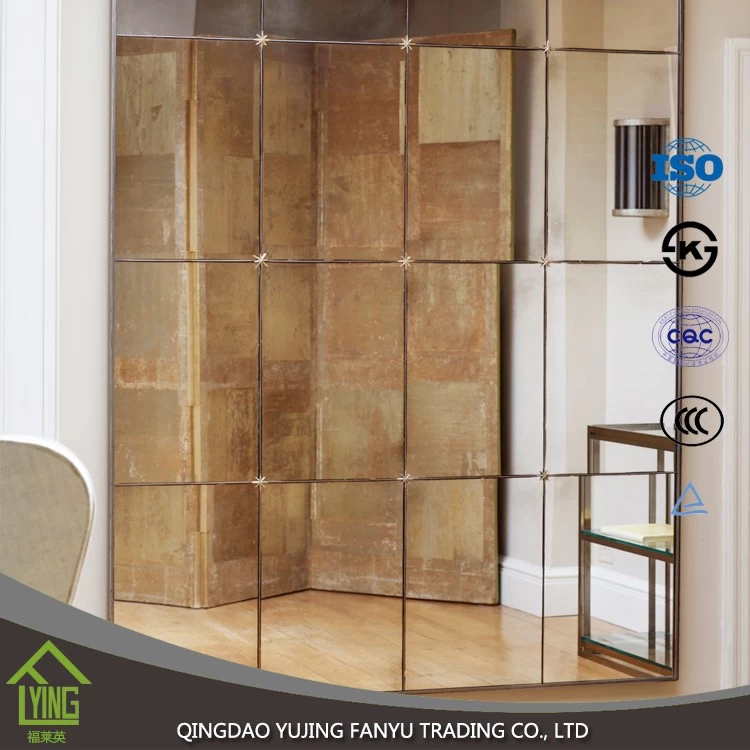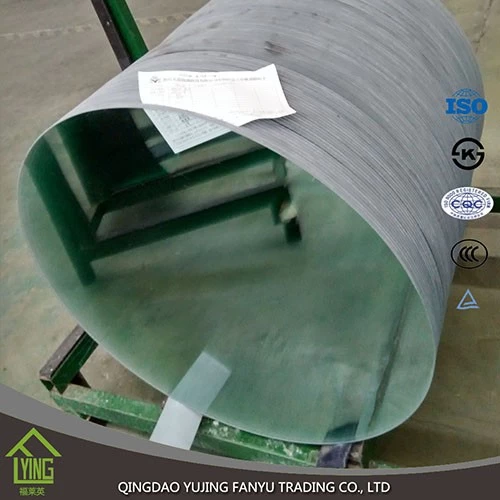What is low-e insulating glass, standard for high-end door and window glass
Fanyu
Chinamirrormanufacturer.com
2018-01-09 11:11:21
1. What is low-e glass?
Low-E Glass is the lower radiation glass, it is coated on the surface of the glass, is the glass radiation rate of e from 0.84 reduced to 0.15 of the following formation.
2. What are the characteristics of low-e glass?
① infrared reflectance is high, it can directly reflect far infrared thermal radiation.
② surface radiation rate is low, absorbing the ability of foreign energy small, so that the radiation of less heat.
③ Shading coefficient sc wide range, according to the need to control the amount of solar energy, to meet the needs of different regions.
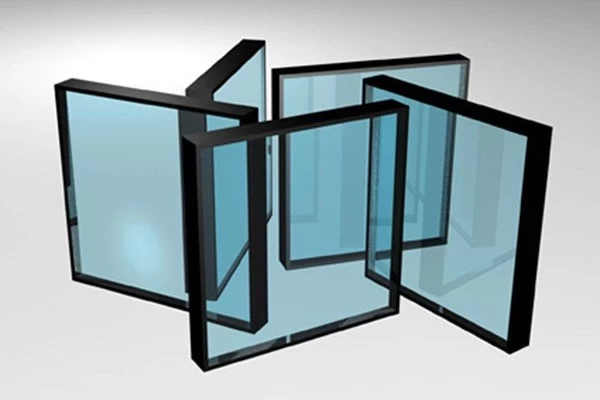
Low-E Glass is the lower radiation glass, it is coated on the surface of the glass, is the glass radiation rate of e from 0.84 reduced to 0.15 of the following formation.
2. What are the characteristics of low-e glass?
① infrared reflectance is high, it can directly reflect far infrared thermal radiation.
② surface radiation rate is low, absorbing the ability of foreign energy small, so that the radiation of less heat.
③ Shading coefficient sc wide range, according to the need to control the amount of solar energy, to meet the needs of different regions.

3. Why low-e film can reflect heat?
Low-e film is plated with silver, and silver can reflect more than 98% of the far-infrared heat radiation, thus reflecting the heat directly as mirrors reflect light. Low-e shading coefficient sc can be from 0.2 to 0.7, which can be used to regulate the solar direct radiant energy entering the room.
4, the mature coating glass technology is mainly what kinds of?
There are two main types: on-line coating, vacuum magnetron sputtering coating (also called off-line coating).
On-line coating glass is made on float glass production line, this kind of glass variety is single, the thermal reflection is poor, the manufacturing cost is low. The utility model has the advantages of hot bending process.
Off-line coating glass variety, good thermal reflection performance, energy-saving characteristics are obvious. Its disadvantage is not hot bending.
5. Can low-e glass be used as a single chip?
The low-e glass made by vacuum magnetron sputtering can not be used in single chip, but only in the use of insulating glass or plastic glass. But its radiation rate of e is far below 0.15, can be as low as 0.01 below.
The low-e glass produced by online coating process can be used as a single chip, but its emissivity is e=0.28, and it is strictly no longer known as the lower-e glass (scientifically, the radiation rate e≤0.15 object is called a low-level radiation object).
6. How does low-e glass work in summer and winter respectively?
In winter, the indoor temperature is higher than the outdoor, far infrared radiation mainly from the indoor, low-e glass can be reflected back to the interior to keep the heat in the room is not diarrhea. For some solar radiation from outside, low-e glass can still allow access to the room, which is absorbed by indoor objects and then turned into far-infrared heat radiation and left indoors.
In summer, outdoor temperature is higher than indoor, far infrared radiation mainly from outside the city, low-e glass can be reflected out to prevent heat into the room. For outdoor solar radiation, low-e glass with lower sun shading coefficient can be restricted to enter the room, thereby reducing a certain cost (air-conditioning cost).
7. What is the effect of argon gas in low-e insulating glass?
Argon is an inert gas, its heat transfer is worse than air, so filling in the insulating glass can reduce the U-value of insulating glass, increase insulating glass. For low-e insulating glass, argon also has the function of protecting low-e film layer.
8. How much ultraviolet light can be attenuated by low-E glass?
Compared with ordinary monolithic transparent glass, low-e glass can reduce ultraviolet 25%. Low-e glass can reduce UV 14% compared to thermal reflective coated glass.
9, low-e film layer is located in the insulating glass which surface suitable?
The insulating glass has 4 faces, from the outside to the city number respectively is the 2#, the 3#, the 4# surface. Where heating demand exceeds cold demand (northern region), low-e film layer should be on the surface of 3#. Conversely, the low-e film layer should be located on the surface of the 2# area (southern region) where refrigeration demand exceeds the heating requirement.
10. How long can low-e film last?
The duration of the coating layer is the same as that of the insulating glass space layer sealing.
11, how to determine whether the insulating glass coated with low-e film?
The following steps can be used to monitor and discriminate:
A, look at the four images that appear in the glass (in other words, there are 4 flames that have been 4).
B, put the matches or light objects in front of the window (whether you are in the city or outside), if the low-e glass has one image of the color is different from the other three images, if 4 images of the same color can be determined not to install low-E glass.
12. What do users need to do to maintain low-E glass products?
No need! Because the low-e film is sealed in the middle of insulating glass or laminated glass, it is not necessary to maintain the glass surface cleaning.
Low-e film is plated with silver, and silver can reflect more than 98% of the far-infrared heat radiation, thus reflecting the heat directly as mirrors reflect light. Low-e shading coefficient sc can be from 0.2 to 0.7, which can be used to regulate the solar direct radiant energy entering the room.
4, the mature coating glass technology is mainly what kinds of?
There are two main types: on-line coating, vacuum magnetron sputtering coating (also called off-line coating).
On-line coating glass is made on float glass production line, this kind of glass variety is single, the thermal reflection is poor, the manufacturing cost is low. The utility model has the advantages of hot bending process.
Off-line coating glass variety, good thermal reflection performance, energy-saving characteristics are obvious. Its disadvantage is not hot bending.
5. Can low-e glass be used as a single chip?
The low-e glass made by vacuum magnetron sputtering can not be used in single chip, but only in the use of insulating glass or plastic glass. But its radiation rate of e is far below 0.15, can be as low as 0.01 below.
The low-e glass produced by online coating process can be used as a single chip, but its emissivity is e=0.28, and it is strictly no longer known as the lower-e glass (scientifically, the radiation rate e≤0.15 object is called a low-level radiation object).
6. How does low-e glass work in summer and winter respectively?
In winter, the indoor temperature is higher than the outdoor, far infrared radiation mainly from the indoor, low-e glass can be reflected back to the interior to keep the heat in the room is not diarrhea. For some solar radiation from outside, low-e glass can still allow access to the room, which is absorbed by indoor objects and then turned into far-infrared heat radiation and left indoors.
In summer, outdoor temperature is higher than indoor, far infrared radiation mainly from outside the city, low-e glass can be reflected out to prevent heat into the room. For outdoor solar radiation, low-e glass with lower sun shading coefficient can be restricted to enter the room, thereby reducing a certain cost (air-conditioning cost).
7. What is the effect of argon gas in low-e insulating glass?
Argon is an inert gas, its heat transfer is worse than air, so filling in the insulating glass can reduce the U-value of insulating glass, increase insulating glass. For low-e insulating glass, argon also has the function of protecting low-e film layer.
8. How much ultraviolet light can be attenuated by low-E glass?
Compared with ordinary monolithic transparent glass, low-e glass can reduce ultraviolet 25%. Low-e glass can reduce UV 14% compared to thermal reflective coated glass.
9, low-e film layer is located in the insulating glass which surface suitable?
The insulating glass has 4 faces, from the outside to the city number respectively is the 2#, the 3#, the 4# surface. Where heating demand exceeds cold demand (northern region), low-e film layer should be on the surface of 3#. Conversely, the low-e film layer should be located on the surface of the 2# area (southern region) where refrigeration demand exceeds the heating requirement.
10. How long can low-e film last?
The duration of the coating layer is the same as that of the insulating glass space layer sealing.
11, how to determine whether the insulating glass coated with low-e film?
The following steps can be used to monitor and discriminate:
A, look at the four images that appear in the glass (in other words, there are 4 flames that have been 4).
B, put the matches or light objects in front of the window (whether you are in the city or outside), if the low-e glass has one image of the color is different from the other three images, if 4 images of the same color can be determined not to install low-E glass.
12. What do users need to do to maintain low-E glass products?
No need! Because the low-e film is sealed in the middle of insulating glass or laminated glass, it is not necessary to maintain the glass surface cleaning.
